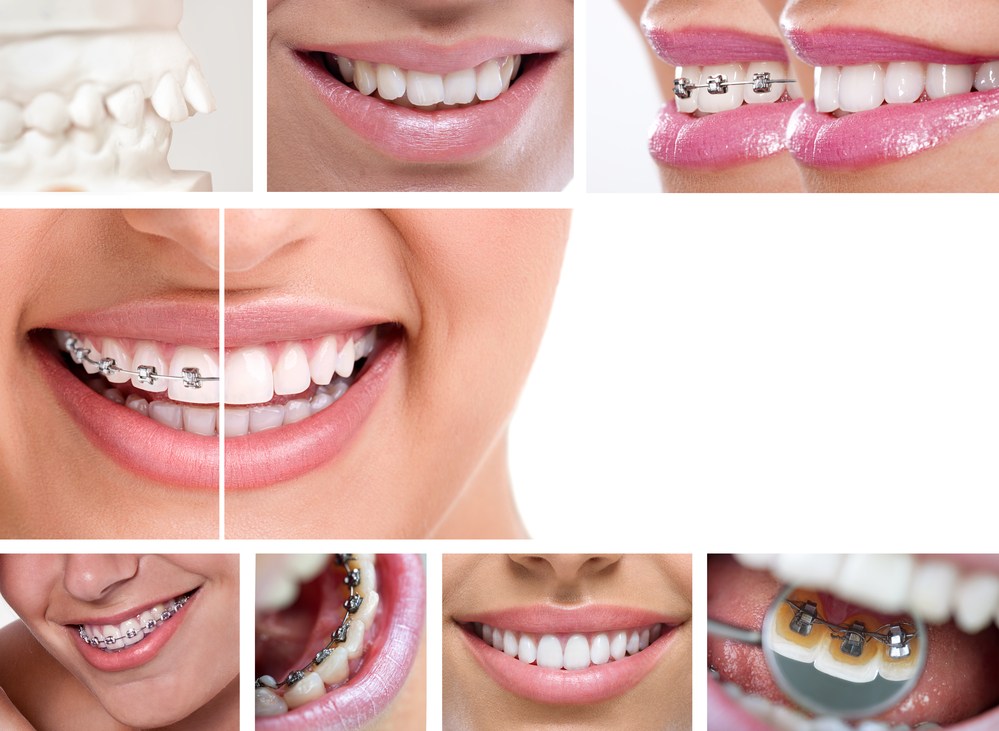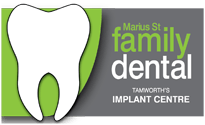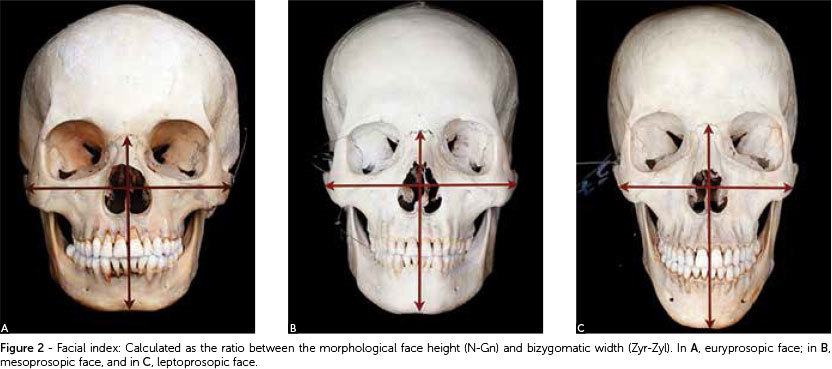Orthodontics (Braces)

Orthodontics is when the teeth are straightened or moved in order to achieve a more ideal relationship with each other. Generally, people get braces to improve the look of their teeth and smile.
On this page you will find:
1. Why use Marius St Family Dental for orthodontics
2. Benefits to orthodontic treatment
3. How to get started
4. Conventional Braces
5. Invisalign
6. Orthodontic Terms Explained
Why Marius Street Family Dental?
1. A comprehensive treatment plan with a team approach. We combine our knowledge of the different areas of dentistry to give you a treatment plan that will include considering not just aligning the teeth but
- Smile Design - Get the foundations right. Are some teeth too small. Will we use orthodontics to get the foundation and spacing correct then change the shape/size with fillings or veneers?
- Individualised Oral Health Plan including assessment of decay and gum disease risk and treatment needs.
- Long term treatment considerations: Crowns, bridges, Implants - all of these should be taken into account when making the Plan
- Jaw Joint and TMD (temporomandibular dysfunction)
- Muscle function and resting positions. Eg. Tongue tie, nasal breathing, snoring, swallowing patterns

2. Treat the cause, not just the symptoms. This is our philosophy. Although genetics play a role, crooked teeth are not natural, they are a sign that something has not gone according to nature's plan. It is a symptom of underdeveloped jaws and/or incorrect muscle function. Have you ever wondered why some children grow up needing braces and some children don't? Genetics? What about siblings?
Did you know orthodontic treatment has a 50% relapse rate in the long term? Why is this? Because the underlying causes weren't addressed and the muscles pushed the teeth back to where they want to be - that't why we bond wires to the inside of the teeth forever to try and fight the muscles! But what if you got the muscles right, so that they help keep the teeth in the right position?
3. Treat the patient, not the teeth! As said before, the teeth are just one part of the equation. Talk to use about your budget, wants and needs to we can make a plan that suits your individual circumstances. Not everyone is striving for perfection, people have different goals, so don't go for a treatment plan that only considers your teeth.


2. Benefits of getting orthodontic treatment with us
3. How to get started
Start with a comprehensive check up and treatment plan. Discuss at this appointment your budget, wants and needs, including why you're interested in orthodontic treatment and what your goals are.
Here we will discuss your options and possible alternatives. If we both decide orthodontics is a good option, we will make a comprehensive treatment plan for you and do the initial assessment. If there aren't any issues that need to be addressed first (gum disease, decay, etc), we will book you in for a records taking appointment.
Here we will take moulds, photos, xrays and gather any other information we need. We will then sit down for a second consultation that will go through this information and give you specific orthodontic treatment plan options, cost and estimated time-frames for each.

4. Conventional Braces
Traditional braces are where brackets are glued to the teeth and a wire is used to control teeth movement.
Within this design, you have several options:
- Full upper and lower braces: gives you the best result as we get the top and bottom relationship right
- Just upper braces: designed just to straighten the top teeth without changing the bottom teeth
- Sectional braces: just straighten the upper front teeth when they are only slightly crooked. This doesn’t change the bottom teeth or the back teeth. It is generally faster and cheaper, and good if you are about to get some work done on the front teeth and you want to get them a bit straighter first. However, you must accept that it is a compromise.
Getting Braces On
Getting the braces on: Several appointments may be necessary to fit all the braces and/or appliances to your teeth. You may find that for the first couple of days your teeth may feel tender to bite and your jaw aches; this is because of the pressure of the braces, you may need to take some pain medication. You may find that your braces may also rub against the inside of your lips or cheeks. If this is the case, use the wax which your dentist will have supplied.
During Treatment
We then like to see you every six to eight weeks to track progress and make adjustments to stay on course. This may involve having the bands and wires changed, tightened or indeed elastics added. If you have had your brace tightened, you may fell a little discomfort later in the day which is a normal.
How long does the treatment take?
It usually takes between 18-24 months but will vary according to how complex the case is. We will provide you with a time frame at the beginning of the treatment; however breakages of any part of the braces will add time to the treatment.
Looking after your Braces
You will be able to eat most of the foods you were eating before, but more care will need to be taken not to damage your braces. There are some foods that have to be cut out of your diet whilst you are wearing the appliance.
Toffees.
Chewy sweets, like Mars bars or starburst for example.
Hard foods, like crusty bread and apples.
It is very important that your oral hygiene is excellent as cleaning your teeth is much more difficult with a brace in place. Brushing your teeth after every snack and meal throughout the day will reduce the risk of decay and gum disease. In addition, take longer brushing your teeth in the morning and at night. Ask your dentist which is the best type of tooth brush for cleaning braces. If you do not look after your teeth during your treatment they can become permanently stained.
After your treatment is complete
Your braces will be removed and your teeth cleaned and polished to remove any remaining cement. Your treatment is not over as the teeth need to be held in position while the surrounding gum and bone settles. This period is called retention and the appliance that holds the teeth are called retainers, which are either fixed or removable. Depending on the type of retainers, Impressions may to be taken in order for the retainers to be made at the dental laboratory. You will then return a week later to collect your retainers. Retainers are for life. You must wear them as long as you want your teeth to be straight.
5. Invisalign
Invisalign is a form of orthodontic treatment to straighten teeth and improve the appearance of your smile. Unlike traditional fixed braces which are cemented to your teeth for the duration of your orthodontic treatment, Invisalign is virtually invisible, able to be removed and comfortable, so are great for people who want braces without the braces look!
A series of custom made, clear, see-through trays (aligners) are computer generated and which fit exactly over your teeth and are virtually unnoticeable. These clear aligners will move your teeth gradually week by week until they are straight.
What happens during Invisalign treatment?
As with any type of braces, we will do a comprehensive assessment first. We examine your teeth, jaws, muscles and jaw joint to see if invisalign is suitable for you. If so, we so, we then need to take a full set of records, including photographs and xrays.
The next step is to take impressions of your teeth to make a mould of how they are. The impression will then be sent to Invisalign for processing and your aligners are made with these.
A three dimensional computer model of the final outcome is created. Your dentist will then discuss this with you so you are happy with the final outcome. This also tells us exactly what will be involved during your treatment. If we all agree, a series of custom made aligners are fabricated to fit your teeth exactly. Each aligner is slightly different so that they gradually straighten your teeth.
You will wear the aligner day and night for at least 22 hours, only taking then out to eat, brush and floss, for approximately two weeks, before moving on to the next aligner in the series.
Your dentist will need to see you every four to six weeks for a progress review; and if everything is going as planned you will also receive the next aligners in the series at these appointments. This process will continue throughout your treatment until your teeth are straight.
You will be given instructions on how to use and look after the aligners. But remember, the success of the treatment highly depends on you wearing the aligners the appropriate amount of time.
Is there any difference between Invisalign and Traditional braces?
The invisalign technology has improved greatly over the years and we have seen it achieve great results. In our opinion, it is a great tool. With this said, it all depends on the case. To achieve complex tooth movement, we still prefer to use traditional braces as it gives us more control over the exact forces put on the teeth. We also find traditional braces faster than Invisalign by around 3 months or more, depending on the case.
Summary:
- Must be worn for 22 hours a day in order to be effective
- Removed when you eat, brush and floss
- Changed to a new aligner approximately every two weeks
- You will have regular progress checks with your dentist
- The treatment time is generally 12 to 24 months, however it depends on the complexity of your case
6. Orthodontic Terms Explained
Skeletal Relationship
Underdeveloped Maxilla
Mandible too forward (skeletal Class 3)
Bimaxillary Protrustion
Dolichofacial or Brachyfacial growth pattern
Dental Relationship
Class 1 Dental Bite
Class 2 Division 2 Dental Bite
Class 2 Division 2 Bite
Class 3 Bite
Dental Crowding
Impacted teeth
Retroclined Incisors
Proclined Incisors
Open bite - Anterior/Posterior
Cross bite aka Negative/reverse overbite – anterior, posterior
Deep Overbite
Midline Shift
Functional Shift
Negative/Incorrect curve of spee
Maxillary Excess, Excessive Gingival Display
Muscle or Soft Tissue Disorders
The following is a really good resource.
https://myobrace.com/en-au/what-causes-crooked-teeth/understanding-the-causes
Reverse Swallow
Tongue Thrust
Overactive Mentalis
Interfering Frenum Attachments
Tongue Tie
Mouth Breathing
Lip Incompetence
Methods to Move teeth










